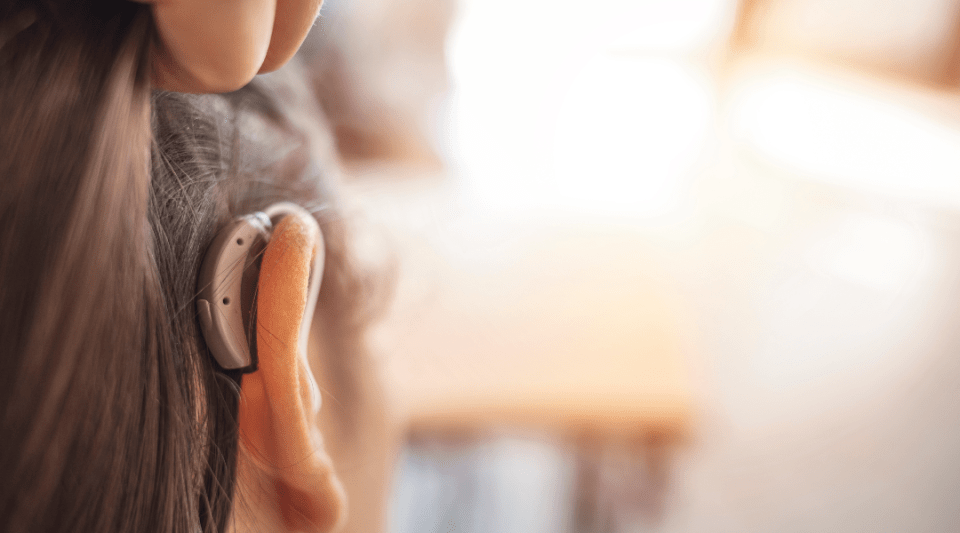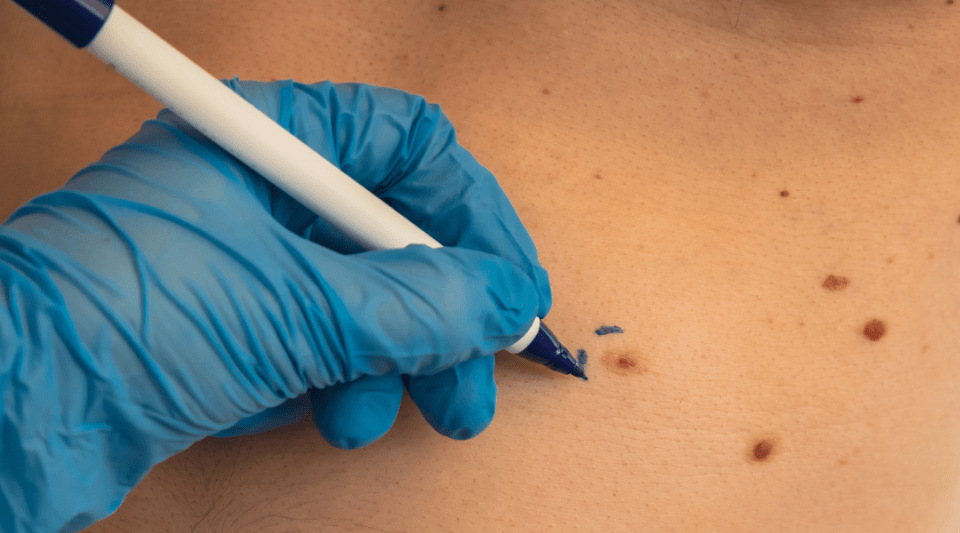As a person ages, their hearing ability worsens. This change is progressive and usually begins in high frequencies, making it difficult to perceive certain specific sounds. This makes it harder for a person to concentrate on what another is saying in noisy environments. Over time, more and more sounds are no longer perceived, which is why deafness increases. In many cases, this deafness is accompanied by other signs of inner ear deterioration, such as tinnitus.
Until recently, this hearing loss was usually detected between the ages of 60 and 70, and there was difficulty understanding speech for those between the ages of 70 and 80. However, in recent years, it has been observed that the age of patients experiencing these hearing-related problems has decreased.
The appearance of age-related deafness (or presbycusis) has a great variability among people. Genetics is known to be a risk factor, but deafness is also greatly influenced by recreational and professional habits. Thus, for example, there are studies in communities who experience little ambient noise, such as Eskimos or Aboriginal communities with little contact with the civilisation, where deafness and the appearance of tinnitus appear later.
Meanwhile, there are studies that demonstrate the onset of deafness appears earlier in people exposed to noise at work or those who live in cities with a lot of traffic. In addition, lifestyle has also been shown to have a great influence on auditory health. Thus, people under greater stress have greater hearing deterioration, and may even suffer sudden deafness.
The consequences of technological change
In recent decades, there has been a great change in social habits with a significant increase in the use of technology. For example, the emergence of computer and console games has led to many people – and not just children and adolescents – spending many hours playing them. Another example is the advance of mobile telephones, which has brought music, movies, series and podcasts closer to society. Hearing suffers when exposed to very intense noises, such as a gunshot or the explosion of a firecracker.
However, noises that are not so intense, but continue over a long time, also damage hearing. Some studies have calculated that almost three out of every five children exceed the recommended noise level per day and this habit is seen also in the not so young. Quantifying the impact on the ear of this increase in exposure to direct noise is very difficult, since it depends on its intensity, duration, the regenerative capacity of the inner ear of each person and exposure to other factors, such as alcohol or tobacco and rest periods.
In short, it seems that the continuous exposure to noise in leisure time from technological advances has been added to the general noise of everyday life (from traffic and work, etc.); and this could explain the appearance of deafness and tinnitus at increasingly younger ages.
INFORMATION DOCUMENTED BY:
Dr. Miguel Caballero, otorhinolaryngologist at the Otorhinolaryngology Service of the Clínic Barcelona hospital.






